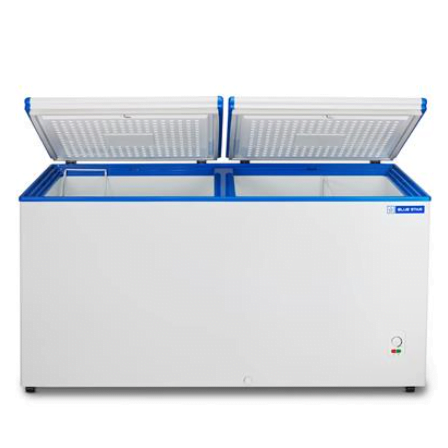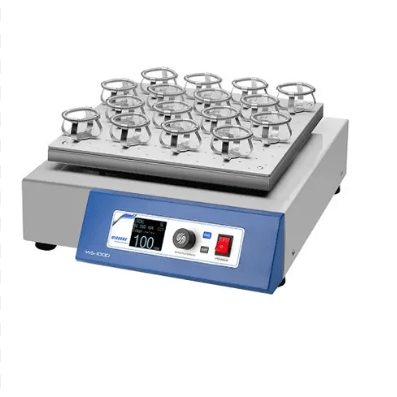Introduction to Fume Hoods: Fume hoods are essential pieces of equipment in laboratory settings designed to protect researchers and technicians from exposure to hazardous fumes, vapors, and airborne particles. These specialized containment devices work by creating a controlled airflow that draws potentially harmful substances away from the user and exhausts them safely out of the laboratory environment.
Ensuring Laboratory Safety: The primary function of fume hoods is to provide a safe working environment by effectively containing and removing hazardous chemical fumes and airborne contaminants. By capturing and ventilating harmful substances, fume hoods prevent exposure to toxic gases, volatile chemicals, and particulate matter, minimizing the risk of inhalation or skin contact and reducing the potential for accidents, injuries, and occupational illnesses.
Types of Fume Hoods: There are several types of fume hoods available, each designed to meet specific laboratory requirements and applications. These may include ducted fume hoods, which exhaust air to the outside environment through a ventilation system, and ductless fume hoods, which utilize filtration technology to remove contaminants from the air before recirculating it back into the laboratory.
Additionally, specialty fume hoods such as biosafety cabinets, radioisotope fume hoods, and perchloric acid fume hoods are available to accommodate specialized research needs and safety requirements.
Features and Considerations: Modern fume hoods are equipped with a range of features and technologies to enhance safety, efficiency, and user comfort. These may include adjustable sashes for controlling airflow, airflow monitors and alarms to ensure proper ventilation, and ergonomic design elements to facilitate comfortable working conditions.
When selecting a fume hood, factors such as the type and quantity of hazardous materials used, laboratory layout and configuration, available space, and regulatory compliance requirements should be taken into consideration to ensure optimal performance and user safety.
Best Practices for Use: To maximize the effectiveness of fume hoods and ensure laboratory safety, proper installation, maintenance, and operation are essential. Users should be trained in fume hood operation and safety protocols, including proper use of personal protective equipment (PPE), minimizing clutter inside the hood, and regularly inspecting and testing airflow and containment performance.
Additionally, regular maintenance and calibration of fume hood systems, including inspection of airflow velocity, filter integrity, and exhaust ventilation, are crucial to ensure continued performance and compliance with safety standards.
Conclusion: In conclusion, fume hoods are critical components of laboratory safety infrastructure, providing essential protection against exposure to hazardous chemicals and airborne contaminants. By effectively containing and removing harmful substances, fume hoods help create a safe working environment for researchers, technicians, and laboratory personnel, enabling them to conduct experiments and handle hazardous materials with confidence and peace of mind. Continued investment in fume hood technology and adherence to best practices for use and maintenance are essential to ensuring laboratory safety and protecting human health in research and industrial settings.




